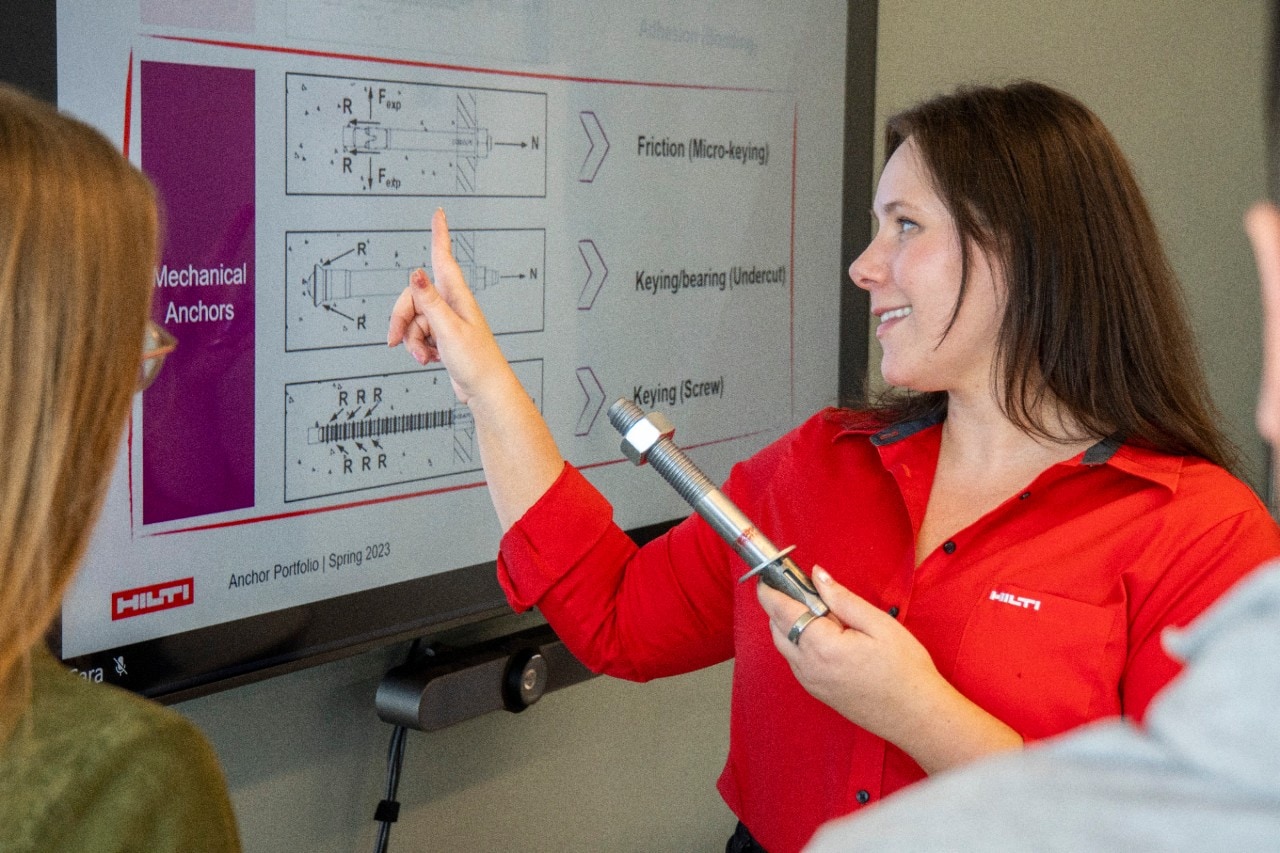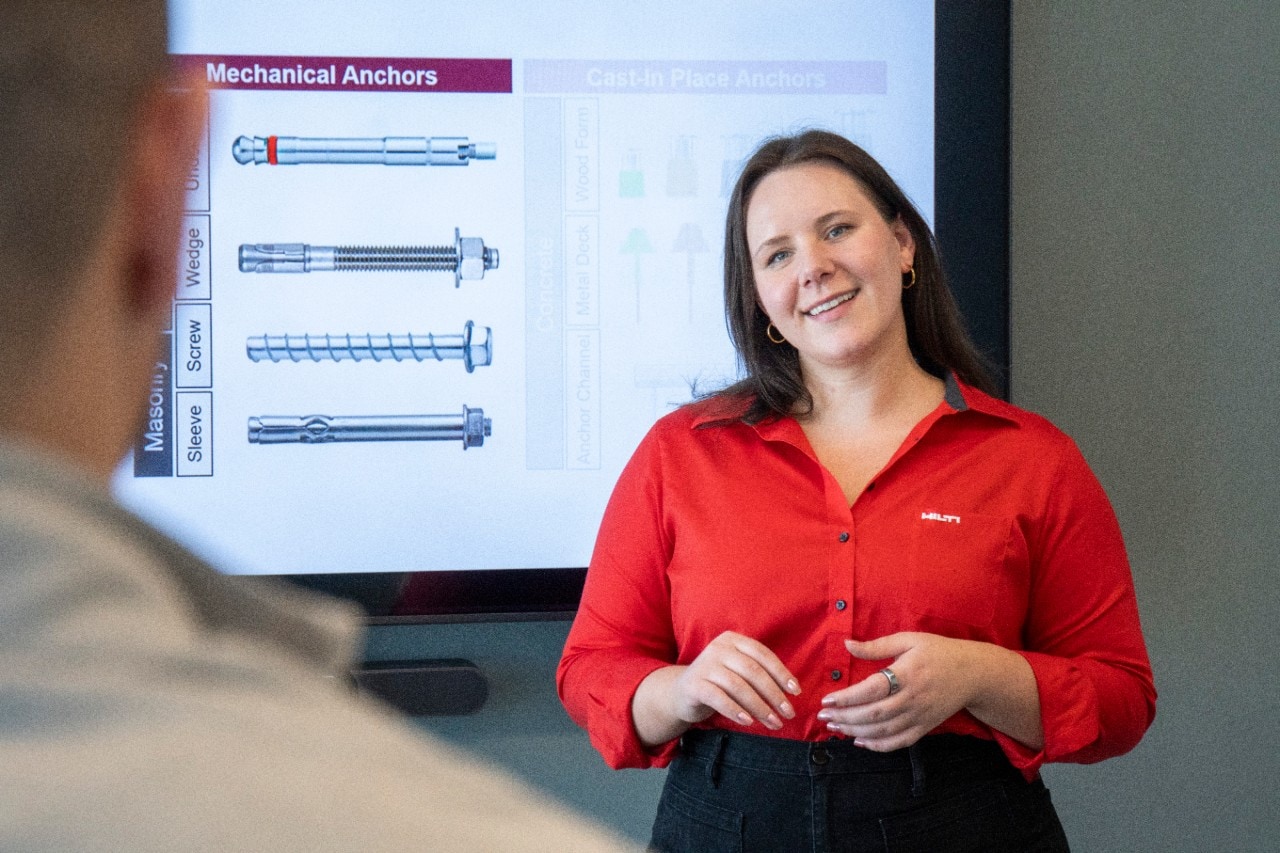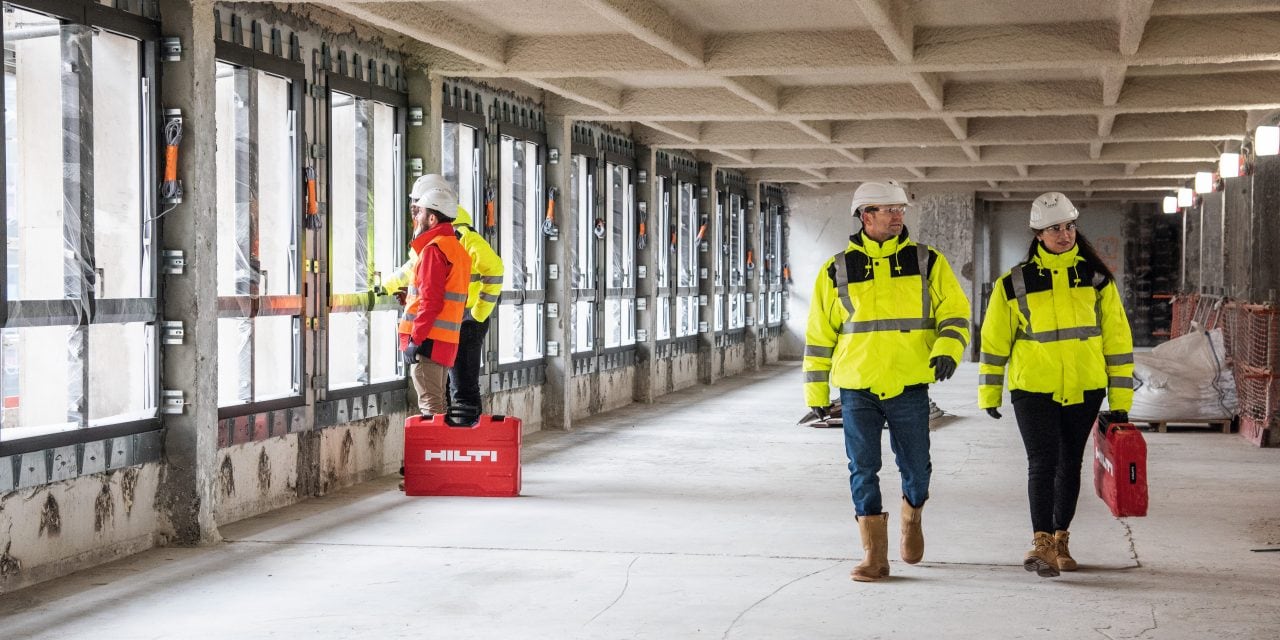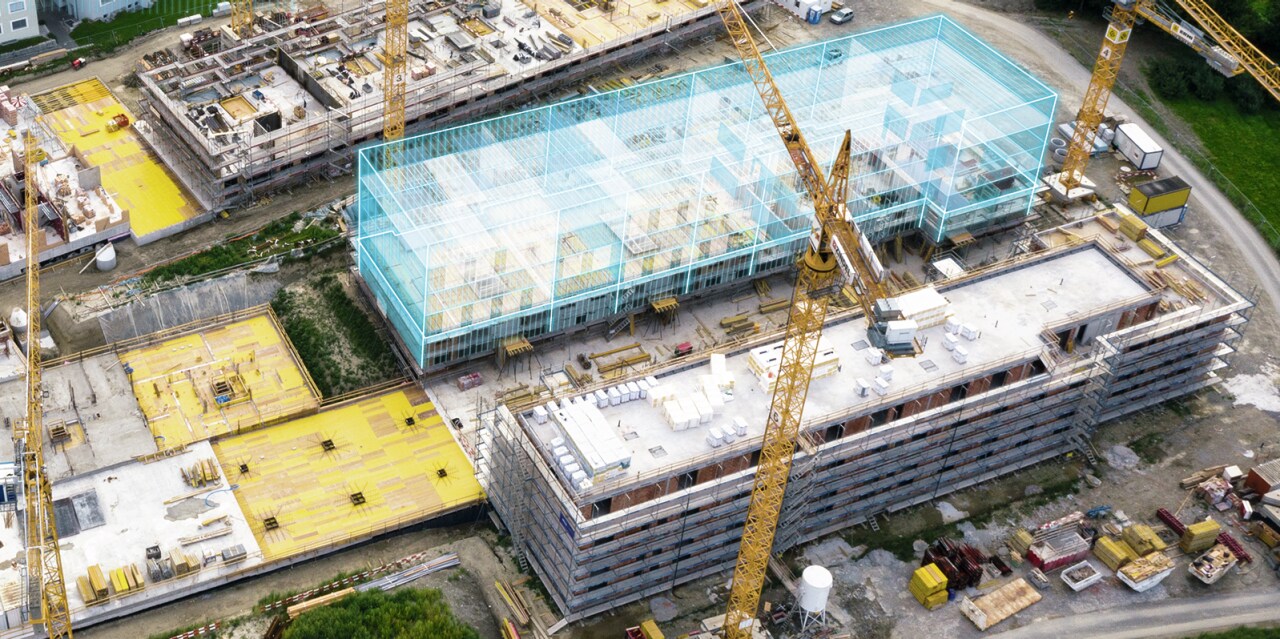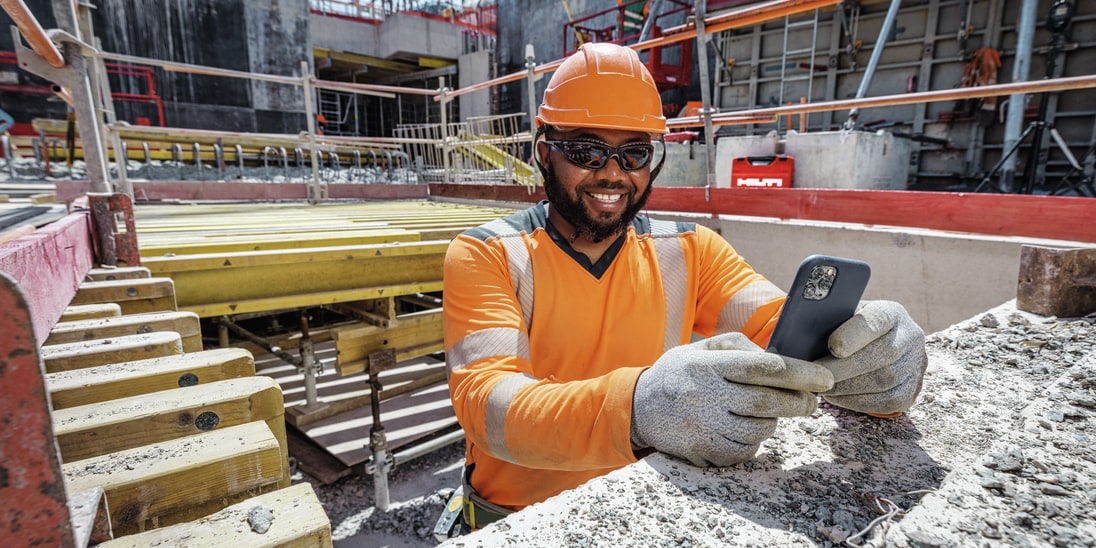- Home
- Company
- Newsroom
- Hilti Stories
- Strong Connections Start with Smart Choices
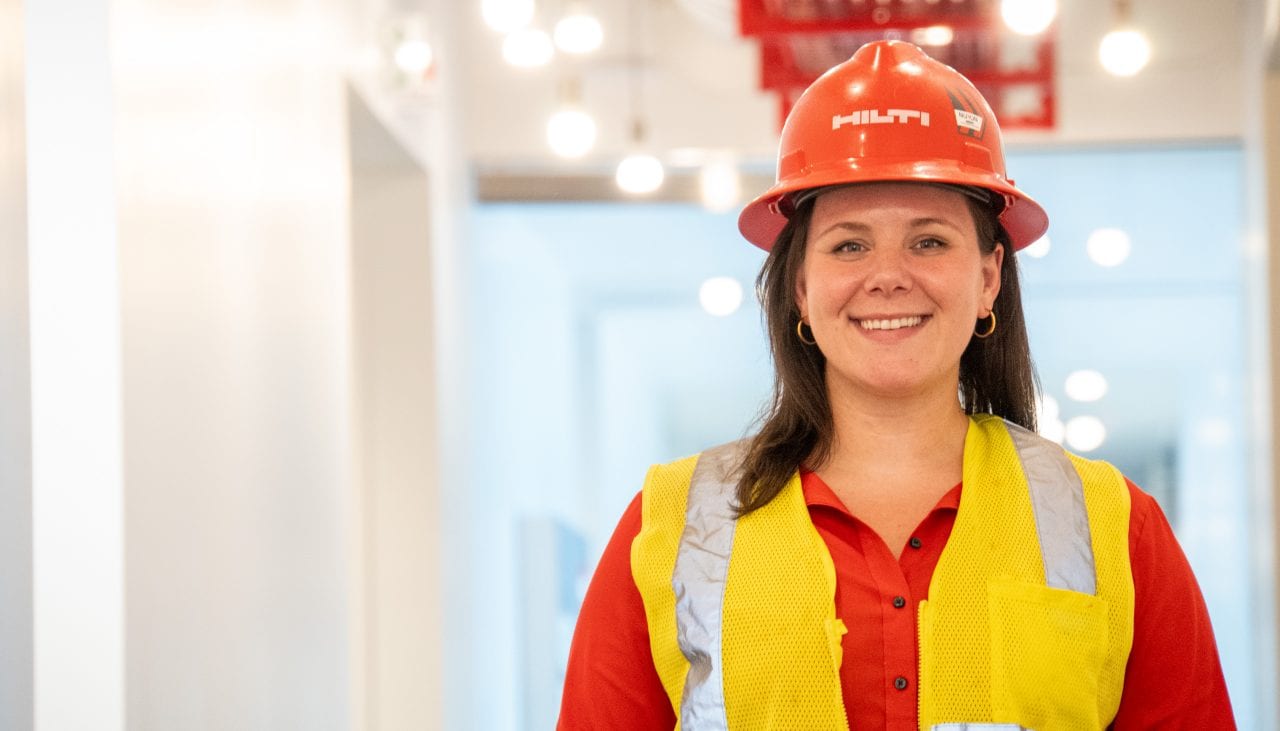
Strong Connections Start with Smart Choices
Written by Rhizlaine Benabid | May 27, 2025
In construction, stability is everything and it starts with structural integrity, a core pillar of building safety. The choice of anchoring technology, whether securing a steel beam to a concrete base or attaching façade elements to high-rise buildings, directly impacts safety and durability.
Anchors serve as the backbone of structural integrity, providing essential connections between elements while ensuring stability. Yet, selecting the right fastening solution can be complex. Structural engineers must weigh a range of factors such as load resistance, material compatibility and environmental conditions before making a choice.
Cara Green, engineering trade manager at Hilti specializing in structural connections, understands these complexities well. “Each application has unique requirements,” she says. “Choosing the right anchoring solution requires understanding how different technologies perform under various conditions.”
As construction projects grow more ambitious, the demands on the connection points increase.
When selecting an anchoring system, key factors include the system's load transfer mechanism, such as friction, keying, bonding or bearing. Each method has distinct advantages for specific applications.
The Mechanics of Anchoring
Anchor selection often requires far more than theoretical knowledge, it demands practical, hands-on assessment of the real conditions on-site.
Cara recalls one such case involving an overhead mechanical system that was being installed in a historic building. The base material? Clay brick, uncommon in the U.S. and not typically included in standard anchor testing protocols.
“This type of base material presents a unique challenge,” she explains. “It’s softer and more variable than modern masonry. We couldn’t rely on preloaded data, so we had to go on-site and test.”
Together with her team, Cara supported the customer by testing various anchor types directly in the historic base material to determine which option best provided both safe performance and installation feasibility.
They began with expansion anchors, which are typically relied upon for immediate load-bearing capacity. These generate friction by expanding against the drilled hole walls but in this case, the expansion created too much stress and risked cracking the fragile material.
Next, they tried screw anchors, known for their simplicity and speed of installation. However, the aggressive thread design made them unsuitable, as it chipped the brick edges upon installation.
Ultimately, adhesive anchors provided the best solution, distributing loads evenly and bonding gently with the clay brick without applying expansion forces. For redundancy, the team also evaluated a hybrid anchor system, combining a polymer resin capsule with a mechanical screw to offer both flexibility and high load transfer, particularly for tension demands.
“This wasn’t a typical installation,” Cara notes. “But by understanding how different anchors behave in a sensitive base material like historic brick, we were able to guide the customer to a solution that balanced safety, performance and preservation.”
Cara Green
Hilti Engineering Trade Manager

Choosing the Right Anchor
Engineers must consider both the technical specifications of an anchor as well as environmental factors such as temperature variations, humidity and seismic activity which may affect the anchor during its lifetime. As Cara notes, “Understanding the interaction between an anchor and its environment is critical. The same anchor that performs well in dry conditions may behave very differently in damp or cracked concrete.”
“To aid in selection, the PROFIS Engineering Software Suite’s anchor selector chart provides a comprehensive overview,” says Cara. The software allows engineers to model anchor performance under real-world conditions. “The software’s load analysis tools help determine the most suitable anchoring solution for a given structure, optimizing for safety and efficiency. We’ve recently increased our support for anchor selection and optimization with our newest feature, Smart Design,” she continues.
The variety of fastening solutions available today reflects the increasing complexity of modern construction. Advancements in anchoring technology give engineers more tools than ever before. No one anchor type is universally superior. Selecting the right one requires both technical knowledge and sound engineering judgement.
About Cara Green:
Cara Green has 10+ years of experience in the engineering design and construction industry, focused on commercial, residential and civil projects. Prior to her current role, she worked for five years as a Hilti structural field engineer in Houston, Texas, focused on specifier education around concrete anchorage design, metal deck attachment methods and rebar connection design.
Cara is a civil engineer and graduated from the University of Alabama in Huntsville. She is a licensed professional engineer in the State of Texas.
